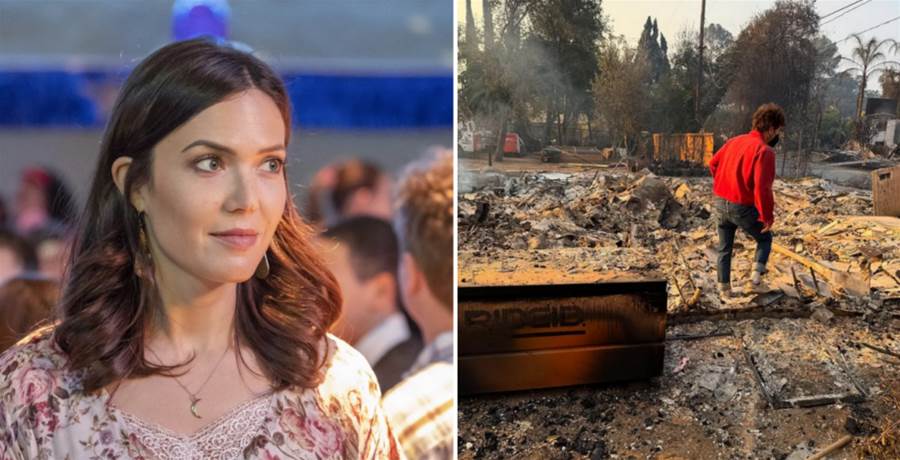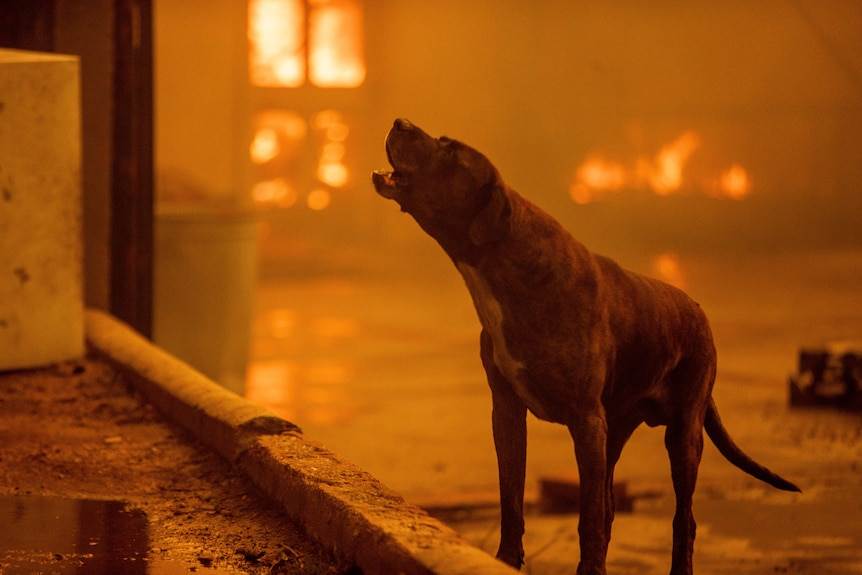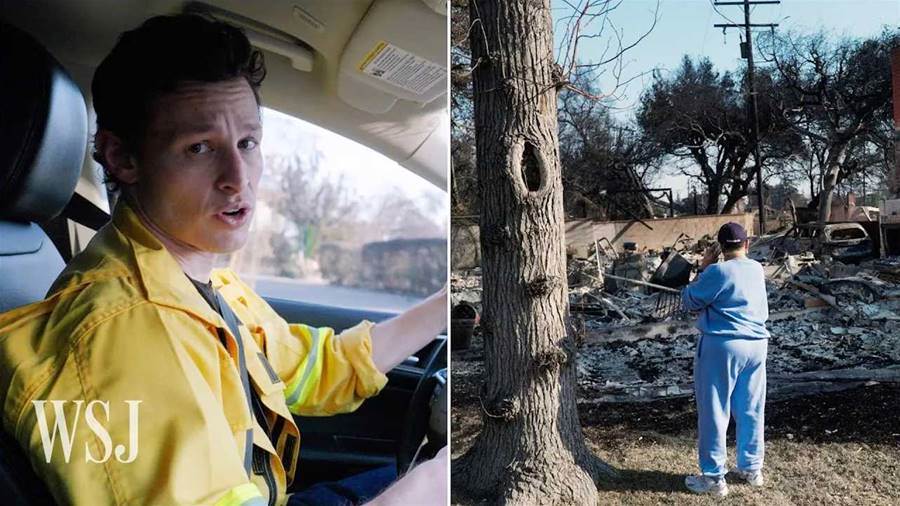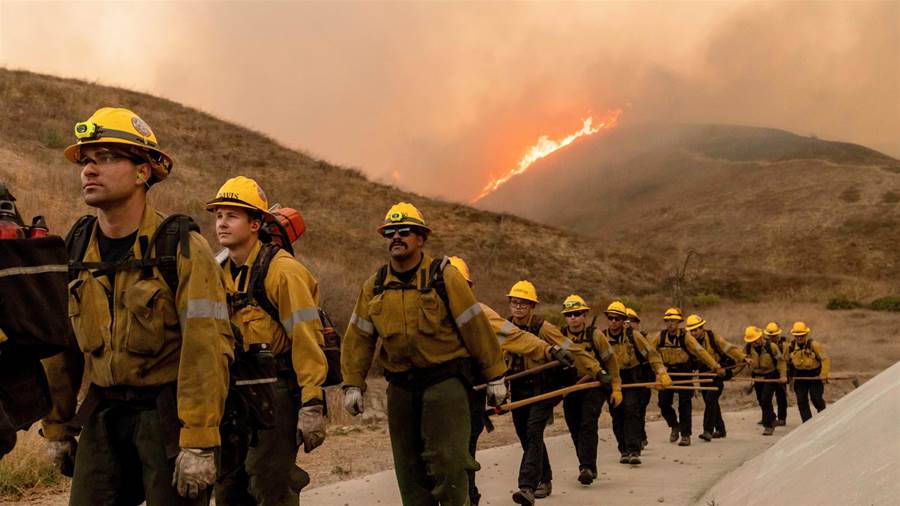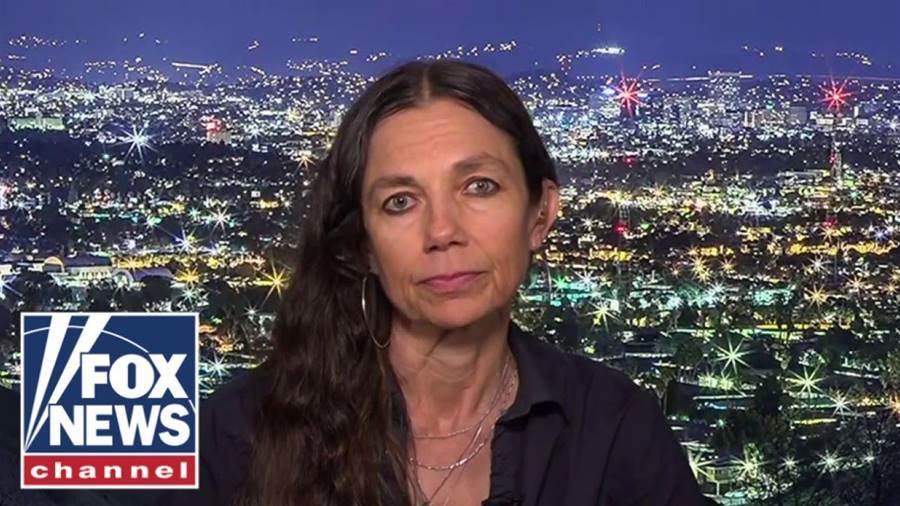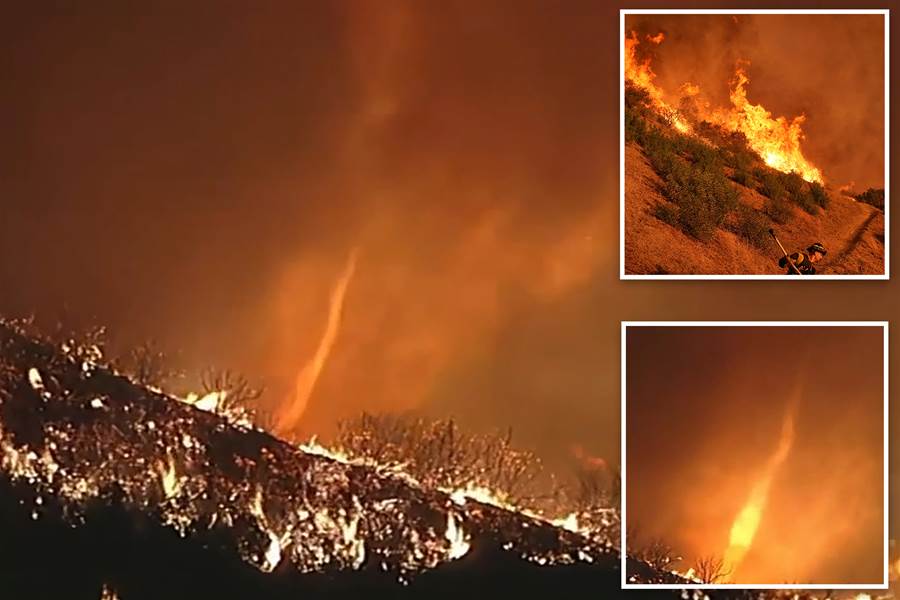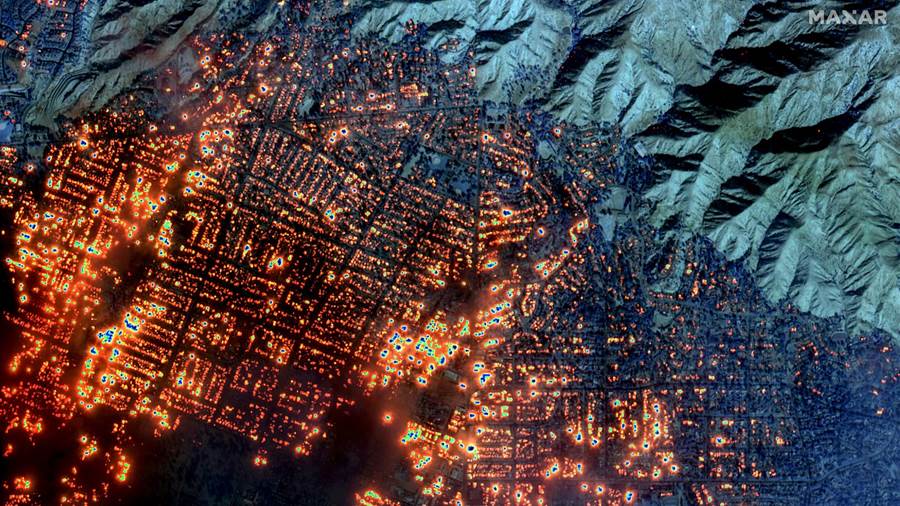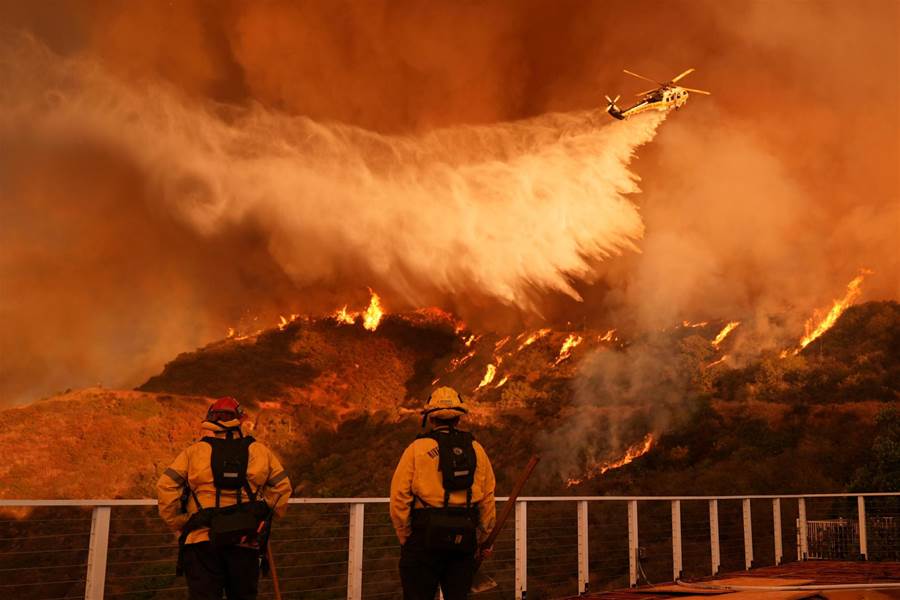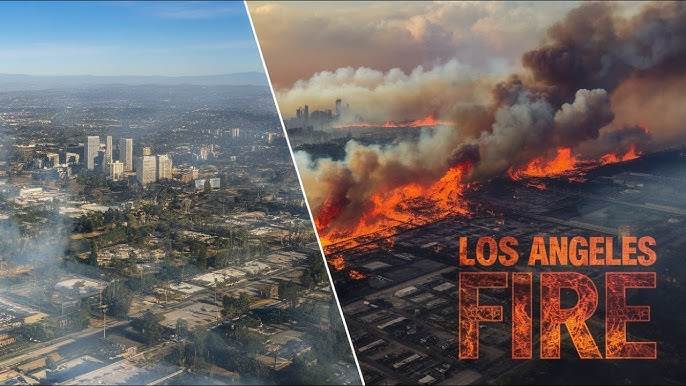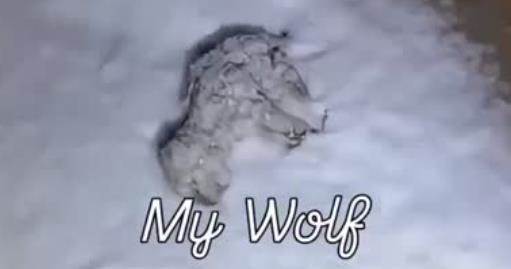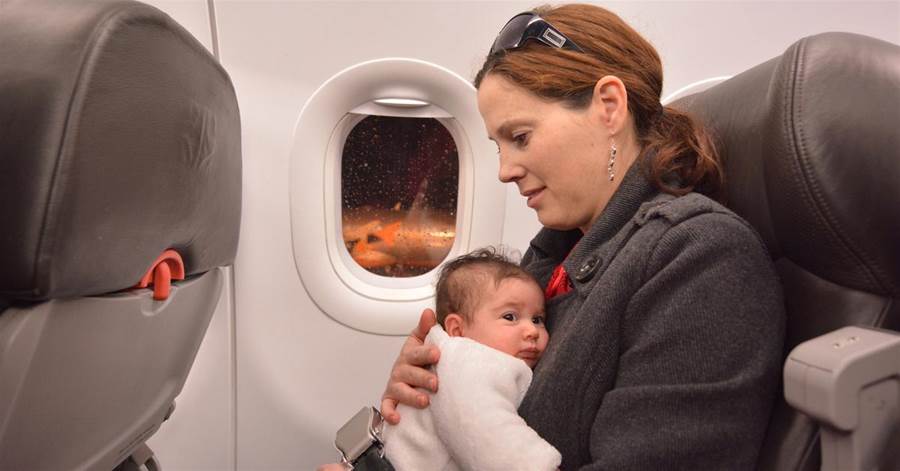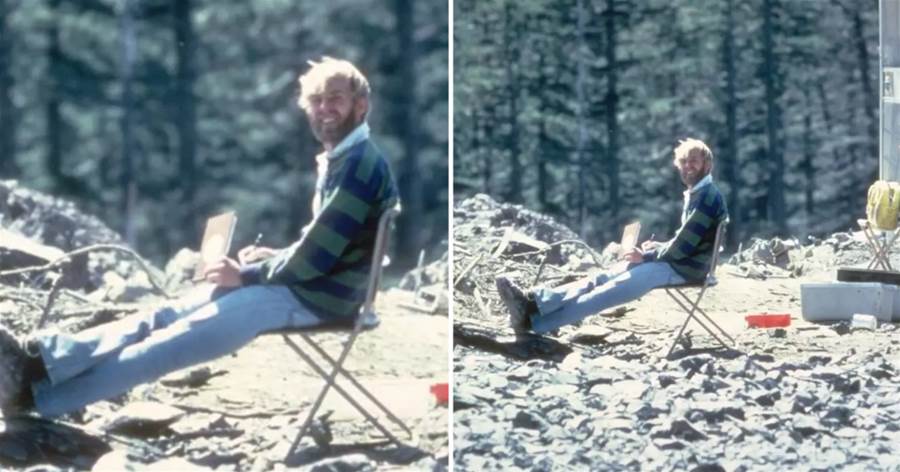
The final photo of volcanologist David A. Johnston proves just how brutal and unforgiving mother nature can be.
Johnston had been fascinated by volcanos and volcanic activity since a young age, later dedicating his life to studying the natural phenomena. He would ultimately work for the United States Geological Survey with a primary focus on studying volcanic gasses and their relationship to eruptions.
When reports of increased activity occurring at the previously dormant Mount St Helens, Washington, began to show in 1980, he headed out to the region to begin studying the volcano.
The 1980 Mount St Helens eruptionDormant since the 1840s, Mount St Helens began to show increased activity in March of 1980. Earthquakes were reported in the region during the March and April of that year. This was followed by steam eruptions and bulges in the side of the volcano, which suggested that magma was moving around underneath.
Access to areas around the crater were subsequently prohibited as authorities worked to prepare for a possible eruption.
This would occur on 18 May, with a 5.1 magnitude earthquake being followed by an explosion and an extremely lethal sideways explosion, which caused part of the mountain's north face to collapse.
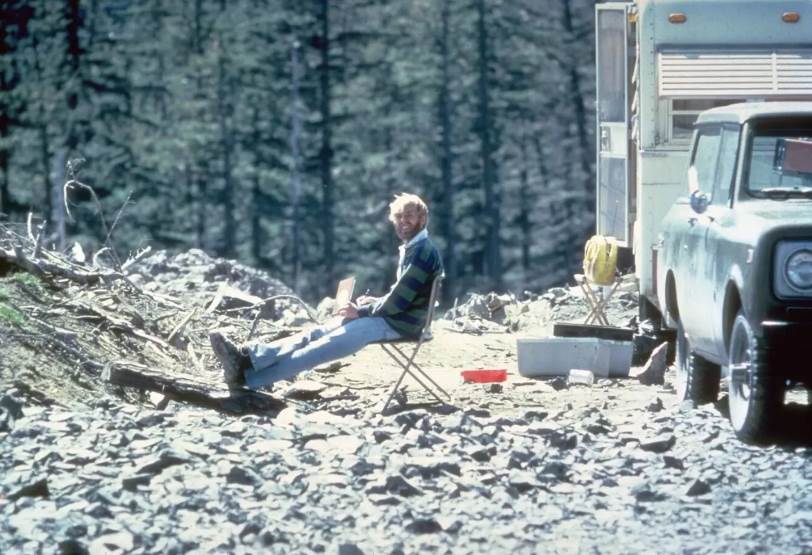
The eruption would go on to become the most destructive in American history, devastating an area of 596 square kilometres (229 square miles) around the volcano and killing 57 people.
The article is not finished. Click on the next page to continue.
The article is not finished. Click on the next page to continue.
Next page
